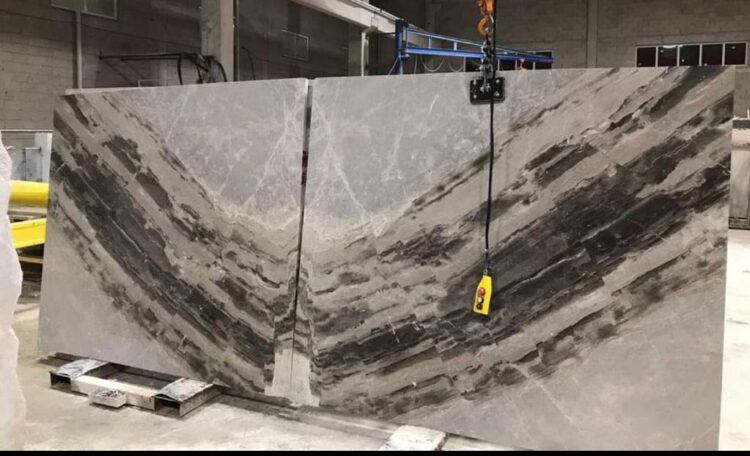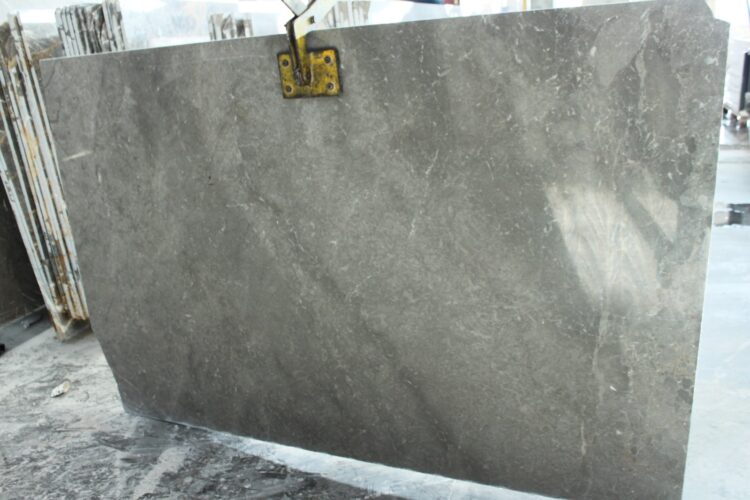Dr Jekyll and Mr Hyde
Dr Henry Jekyll is a scientist who believes that a human being has two sides: the devil side and the angel side. He thinks that if these two sides are separated, man can be free. After carrying out some chemical experiments in order to achieve this, the potion he drinks turns him into Hyde, who commits terrible crimes.
Dr Jekyll and Mr Hyde is a Gothic long story by Scottish writer Robert Louis Stevenson, published in 1886. It is a striking work that describes the contradiction of human existence between good and evil in every religion and culture for centuries. In the Far East, it appears as Yin and Yang, and in monotheistic religions, it tells about the two frequency points of the human being, the priestly and demonic, and that the human being’s orientation towards good and evil is still in his own dough.
All decoration ideas and designs are the expression of the inner world of man. Therefore, it is not surprising that the changes based on the age, social events, the mood of humanity and the fashionisation of the concept are not surprising. Of course, these changes also find a place in the spaces we live in, in the colours and drawings used. For this reason, in recent years, we have started to see an increase in interest in stones with dual characters, where normally contrasting colours are combined under the same roof. For example, stones such as Panda and Patagonia have become the locomotive of this segment. We are witnessing the extraordinary presence of individual classic colours or stone characters in the same stone Although thin black pattern lines on a white background or whites on a black background may be perceived as disturbing, in Panda the colour distribution evolves towards a balance thanks to the size of the movements and the dominant characters of both colours. As it transforms the conflict into a balance, we can see that it reaches A quality as a selection.
In Patagonia, the conflict is sometimes related to the structure of the stone rather than the colour. The blending of a solid uncompromising light-proof floor or quarzite or delicate marble structures creates a unique delicacy and harmony within the resulting character conflict. It is like an ascetic person in his day job turning into a glittering icon at night. Such stones, which seemed extreme yesterday, are successful in reflecting both conflict and reconciliation in today’s chaotic world.
In a conversation with a poet/writer who has produced considerable works in the field of literature, he said, “There is no word on the face of the earth that has never been said. We are actually saying the same things in new formats”. I think that perhaps it is our chance to be able to present to the world from Turkey a different formation, perhaps an equivalent of all the stones that are on the agenda in the world. We see panda-like stones in Marmara Island and M. Kemalpaşa. We also have Patagonia-like stones in the Afyon region. With the diversity we are sitting on and these unique values, it is pleasing that we always have something to say in the stone sector.
























 +90 532 585 51 95
+90 532 585 51 95 +90 532 585 51 95
+90 532 585 51 95